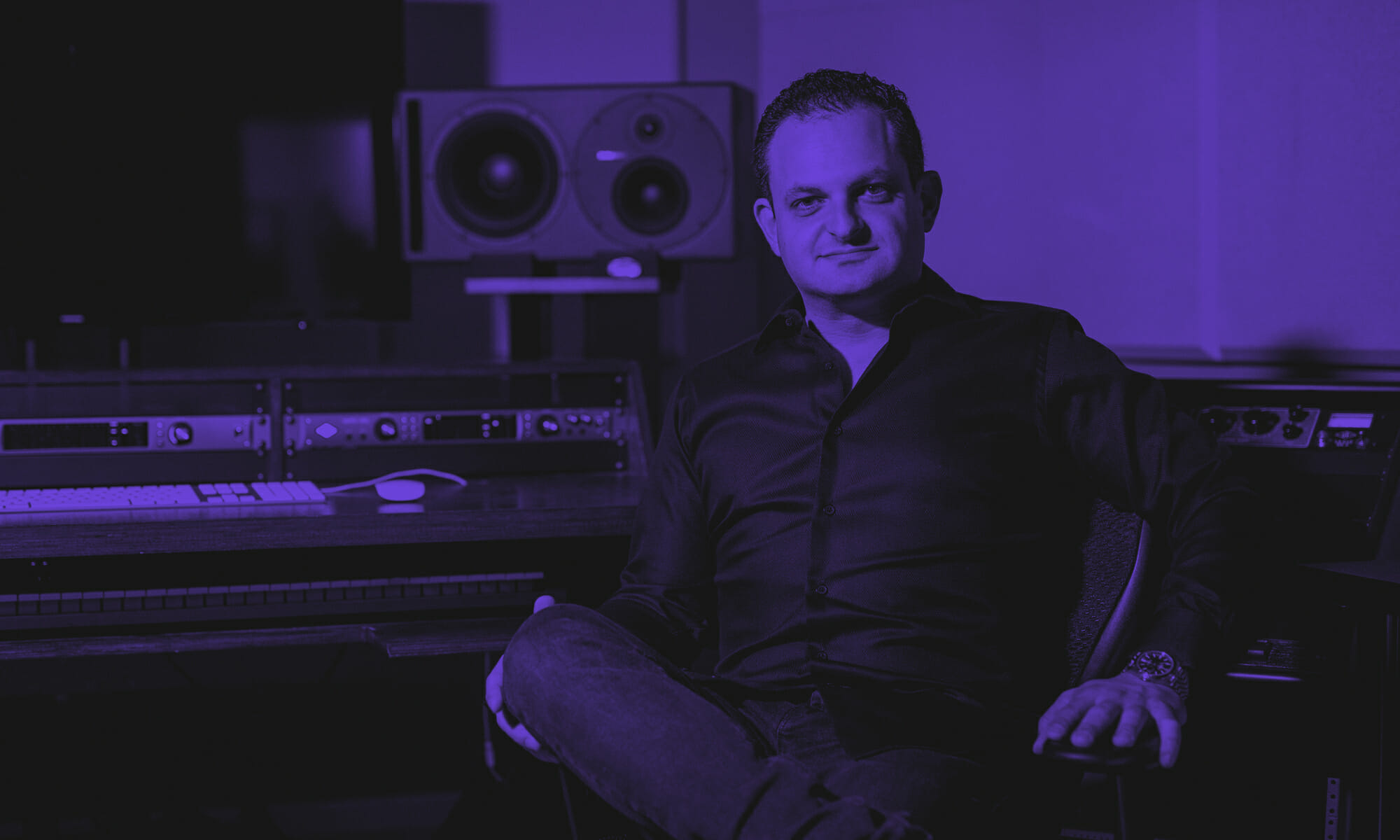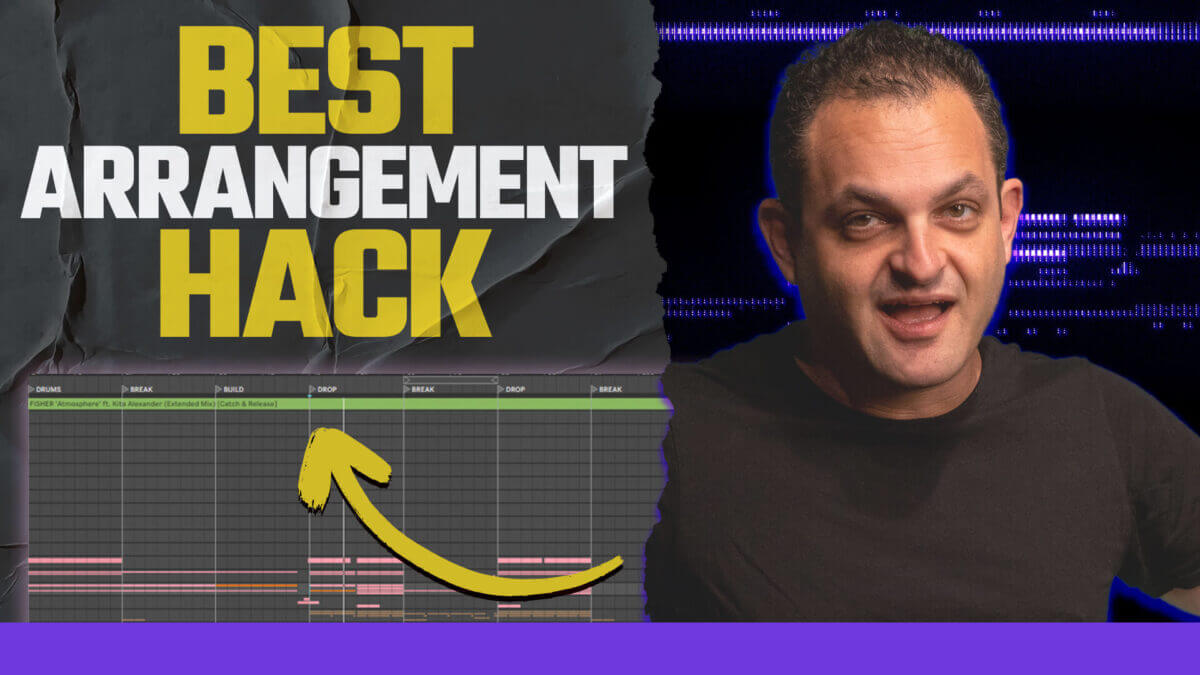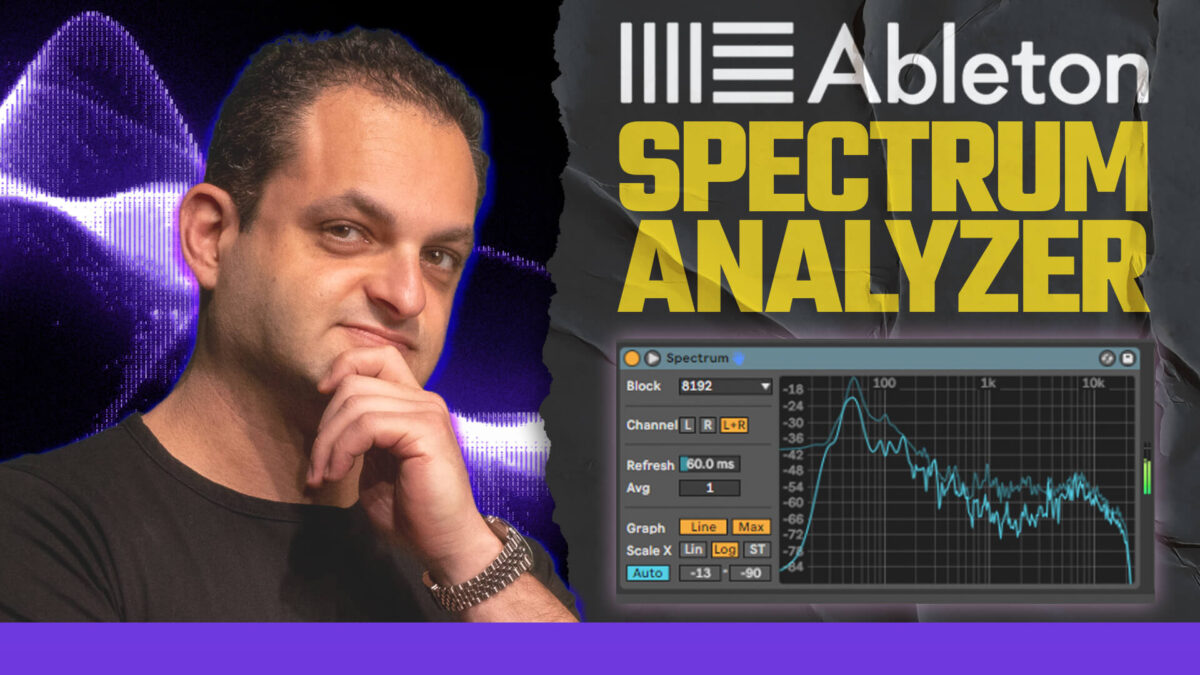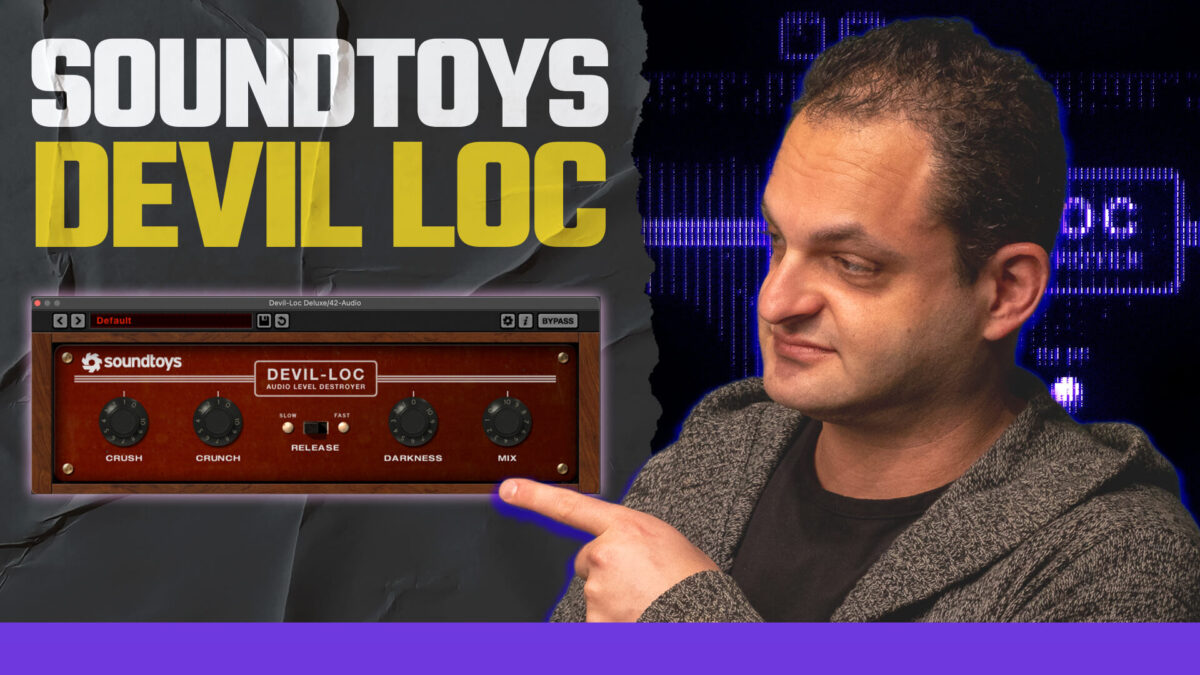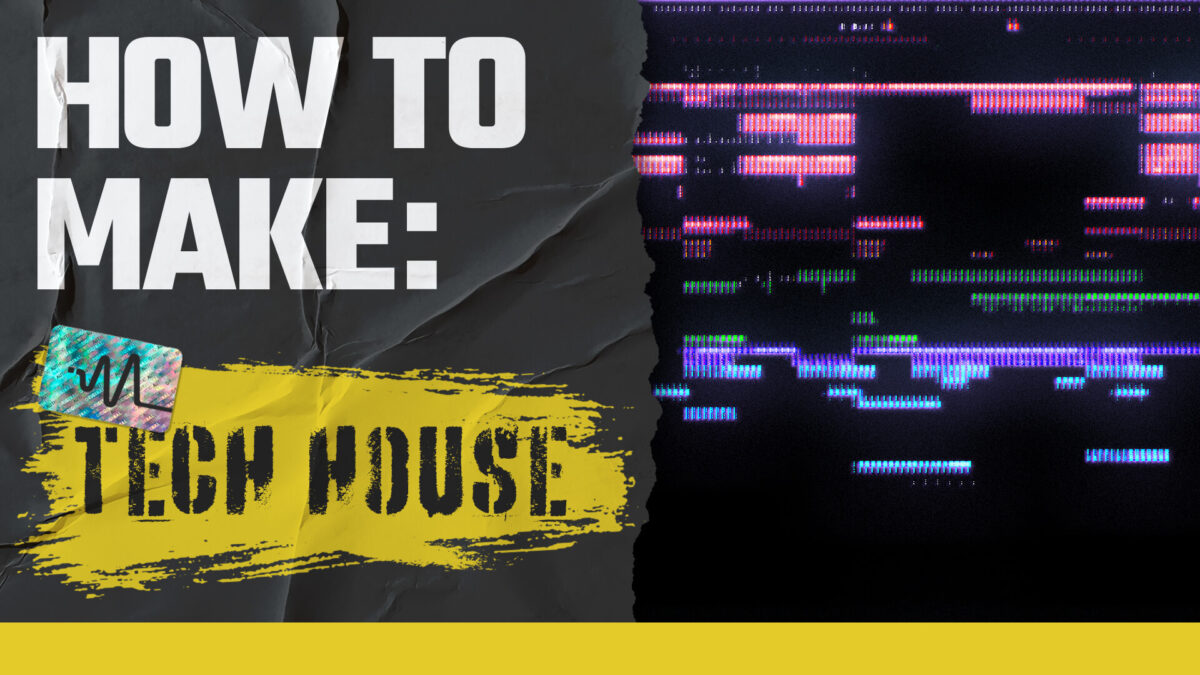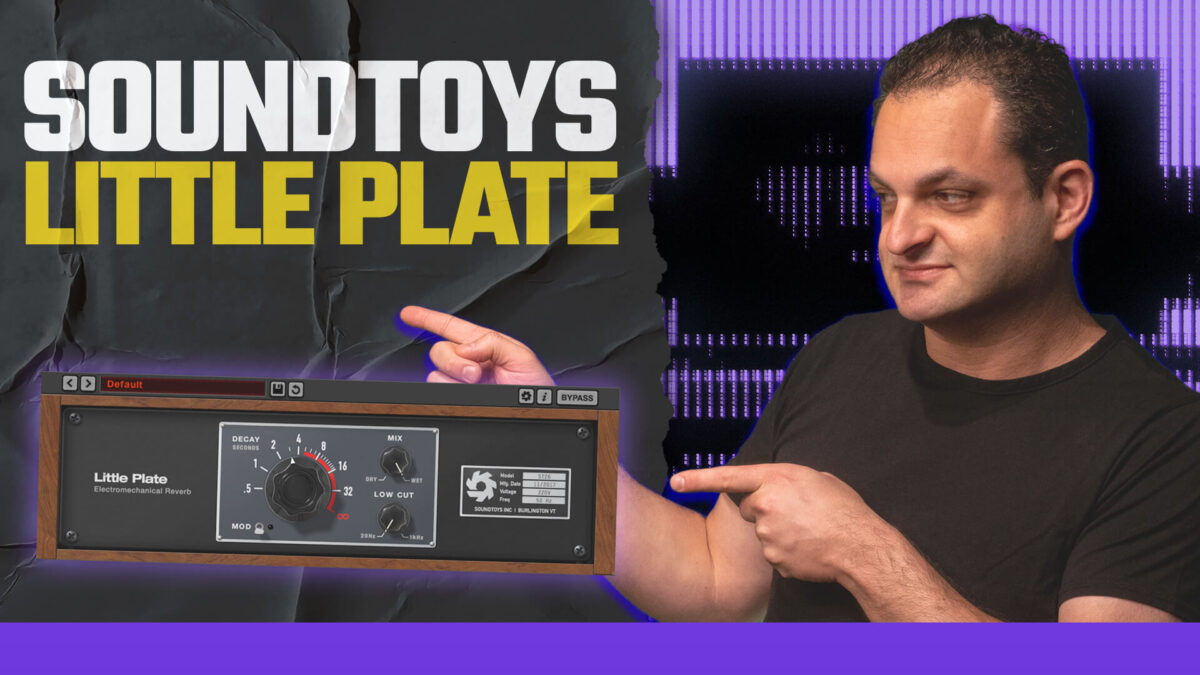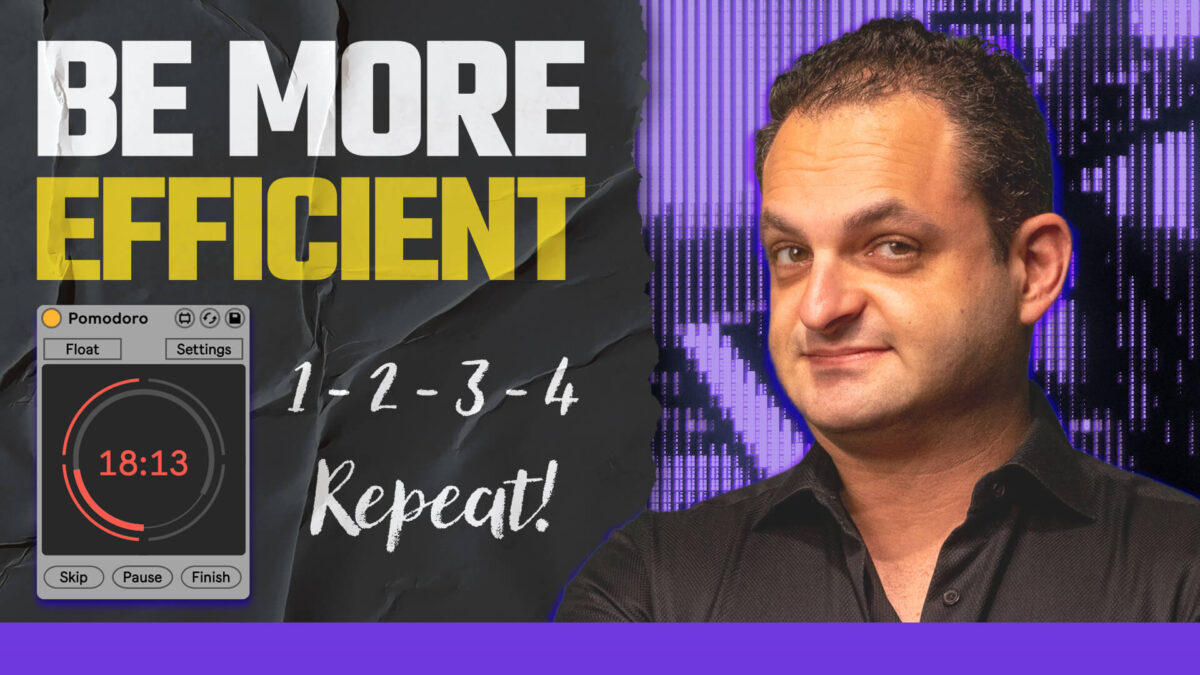This week, we’re diving deep into a groundbreaking arrangement hack that will not only expedite your workflow but also propel you out of the loop phase, guiding you toward crafting dynamic and compelling arrangements. Let’s explore this arrangement trick that might just transform the way you approach your music production.
First, we want to liberate producers from the loop phase, a common trap that stifles creativity. I’ll unveil a game-changing arrangement tip that has the potential to redefine your approach to crafting music. Say goodbye to endless loops and embrace a more structured and efficient workflow.
We kick off by acknowledging the allure of loops. While loops are a valuable starting point, dwelling in this phase can limit your creative scope. Together, we’ll dissect the loop, understanding its strengths and recognizing the need for progression.
Arrangement Hack: Decoding the Magic
The heart of this blog post revolves around the arrangement hacks itself. I’ll guide you through the process of taking an existing song and strategically placing it into your session. By adding markers that correspond to the track’s arrangement, you’re essentially creating a roadmap for your own production journey.
Thanks for watching this video on this arrangement hack. Make sure to subscribe on YouTube for weekly tips and tricks. All first-time clients receive a free stereo-mastered sample, inquire to get your free sample now.
GET A FREE STEREO MASTERED SAMPLE
